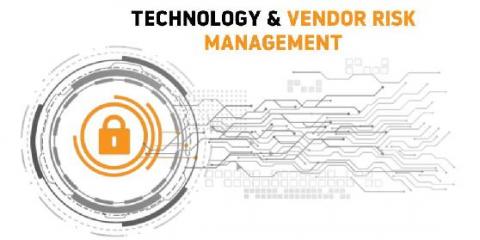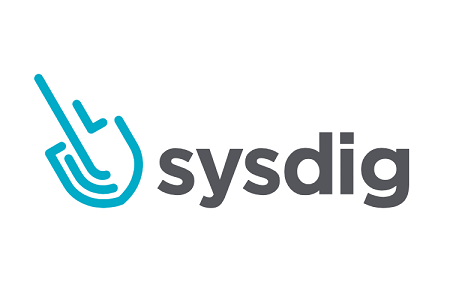3 Trends Where Technology Can Simplify Vendor Risk Management
Vendor risk management is the practice of governing third-party access to company data. This is a critical aspect of an organization since vendors view your business information when providing their services. For some, this can turn into a severe vulnerability that can lead to data breaches. In fact, in the past five years, vendors like Home Depot and Target were responsible for those incidents, as reported by Forbes.









